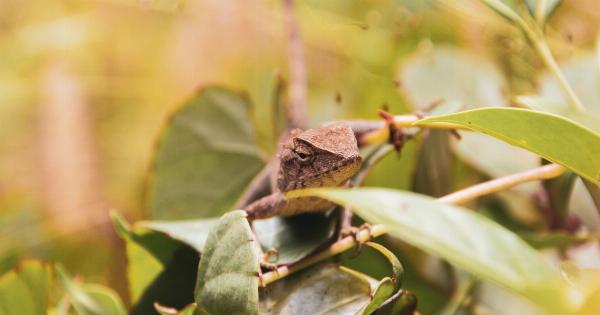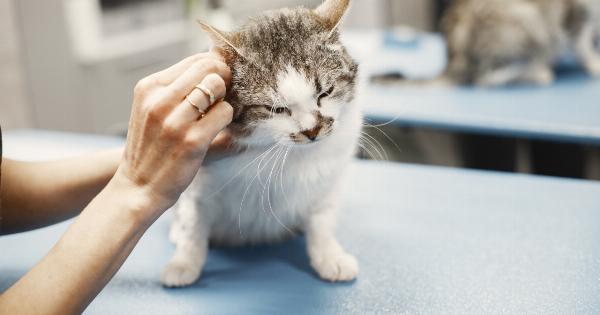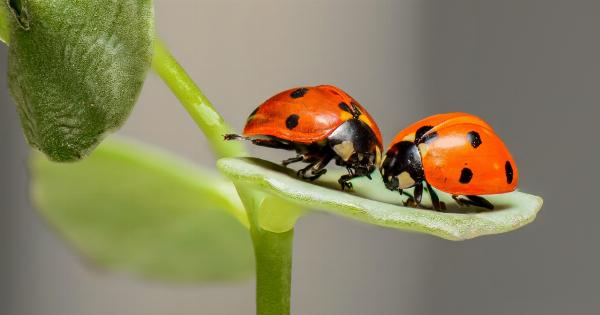Lizards are often misunderstood creatures that have been the subject of numerous myths and misconceptions. From their unique adaptations to their diverse behaviors, lizards are fascinating reptiles that deserve a closer look.
In this article, we will uncover the truth about these misunderstood creatures, exploring their incredible diversity, intriguing abilities, and the important roles they play in their ecosystems.
The Diverse World of Lizards
Lizards belong to the reptilian order Squamata and are found across the globe, except in extreme cold environments such as Antarctica.
With over 6,000 known species, lizards exhibit an impressive range of shapes, sizes, and colors, making them one of the most diverse groups of reptiles. Some common examples include geckos, iguanas, chameleons, and skinks.
Adaptations for Survival
Lizards have evolved a wide array of adaptations that help them thrive in different environments. One remarkable adaptation is their ability to regrow lost tails.
When threatened or caught by a predator, lizards can voluntarily shed their tails through a process called autotomy. The detached tail thrashes around, diverting the predator’s attention while the lizard escapes. Over time, the lizard can regenerate a new tail.
Another notable adaptation seen in certain lizard species is their ability to change color.
Chameleons, for instance, can rapidly alter their skin pigmentation to match their surroundings, allowing them to blend into their environment and remain undetected by predators or prey.
Lizards also possess specialized feet that aid in their locomotion. For climbing lizards such as geckos, their feet are equipped with adhesive toe pads that help them cling to various surfaces, even vertically or upside-down.
These pads are made up of millions of microscopic hair-like structures called setae, which create adhesive forces through van der Waals interactions.
Feeding Habits and Diets
Lizards display a wide range of feeding habits and diets, depending on their species and habitat. While many lizards are insectivorous, feeding primarily on insects, others are herbivorous or omnivorous.
For example, iguanas are mainly herbivores, consuming leaves, fruits, and flowers. On the other hand, monitor lizards are known to be opportunistic predators, feeding on small mammals, birds, and eggs.
The feeding mechanisms of lizards are as diverse as their diets. Some lizards, such as the chameleon, have long, sticky tongues that they can rapidly extend to capture insects.
Others, like the frilled-neck lizard, have specialized jaw structures that allow them to gulp down their prey whole.
Reproduction and Parental Care
Lizards employ various reproductive strategies, including both sexual and asexual reproduction. Most lizard species reproduce sexually, with males displaying elaborate courtship behaviors to attract females.
These behaviors may involve head bobbing, tail wagging, color displays, or vocalizations.
While some lizard species lay eggs and abandon them, others, like the skinks, give birth to live young through a process known as viviparity.
In certain species, such as the seahorse lizard, males take on the role of incubation, carrying the eggs on their backs until they hatch.
Behaviors and Communication
Lizards exhibit diverse behaviors that allow them to communicate, defend territories, and attract mates. Some lizards have dewlaps, which are expandable throat fans that can be displayed to signal aggression or attract a mate.
Anoles, a group of small lizards found in the Americas, are particularly known for their dewlap displays.
Another interesting behavior among certain lizard species is tail autotomy, mentioned earlier as a defense mechanism. By detaching their tails, lizards can distract predators while the tail regenerates.
Additionally, tail-waving is a common behavior used by lizards to communicate territorial boundaries or potential threats to nearby conspecifics.
Ecological Importance
Lizards play crucial roles in the ecosystems they inhabit. As predators, they help control populations of insects, arthropods, and small vertebrates, contributing to the overall balance of their environments.
Some lizards, like the spiny-tailed iguana, even act as seed dispersers, aiding in the dispersion of plant species.
Furthermore, lizards are important indicators of environmental health. As ectothermic animals, their physiology and behavior are heavily influenced by temperature and environmental changes.
Monitoring lizard populations and studying their responses to environmental stressors can provide valuable insights into the overall health of ecosystems.
Conservation and Threats
Unfortunately, many lizard species are currently facing threats to their survival. Habitat loss due to deforestation, urbanization, and climate change poses a significant risk to their populations.
Additionally, the illegal pet trade has led to the exploitation of many lizard species, especially those with striking colors or unique characteristics.
Conservation efforts are crucial in preserving these diverse reptiles. Efforts to protect their habitats, regulate the pet trade, and raise awareness about the importance of lizards in ecosystems are essential for their long-term survival.
The Truth About Misunderstood Lizards
In conclusion, lizards are a fascinating group of reptiles that possess incredible adaptations, diverse behaviors, and important ecological roles.
From their ability to regrow tails to their skill in changing color, lizards have captivated humans for centuries. By understanding the truth about these misunderstood creatures, we can appreciate and protect their unique place in the natural world.






























